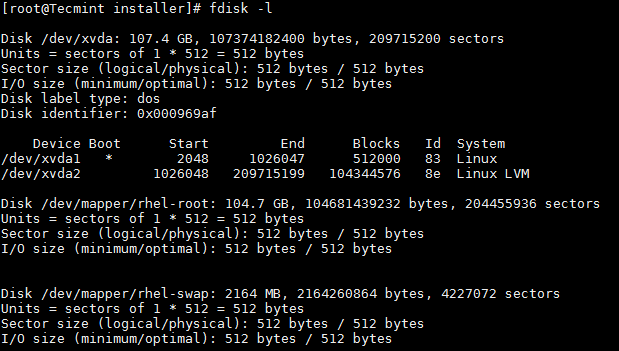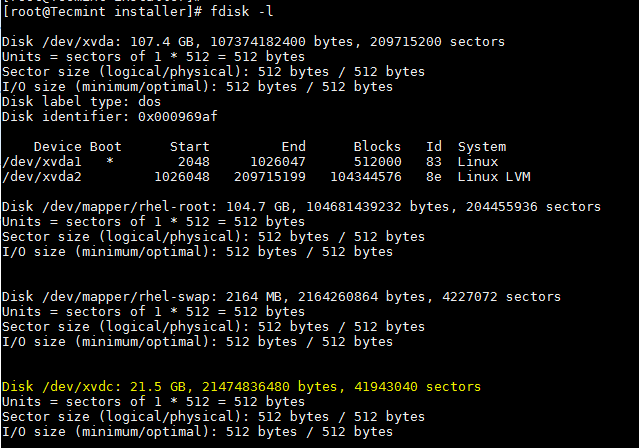How To Mount A Drive In Linux
This simple step by step guide will show you how to mount a new hard drive or partitions onto your Linux server
Initially you wanna check the hard drives on your system
fdisk -l
so now you now whats being seen by the system
Command Line
mount /dev/partitionId /some/mounting/pointmount /dev/sdb /backupThe mounting point path must already be created with proper permissions. So a more likely flow of commands would be below:
Command Line
mkdir /some/mounting/point
chmod 777 /some/mounting/point
mount /dev/partitionId /some/mounting/pointmkdir /backupchmod 777 /backupmount /dev/sdb /backupHow To Unmount A Drive In Linux
Command Line
umount /dev/partitionId
This command is very easy to type wrong. It is NOT unmount. Take another closer look if thats what you saw at first. It is umount — no n here!
How to Add a New Disk to an Existing Linux Server
fdisk is a command line utility to view and manage hard disks and partitions on Linux systems.
# fdisk -l
This will list the current partitions and configurations.

After attaching the hard disk of 20GB capacity, the fdisk -l will give the below output.

New disk added is shown as /dev/xvdc. If we are adding physical disk it will show as /dev/sda based of the disk type. Here I used a virtual disk.
To partition a particular hard disk, for example /dev/xvdc.
# fdisk /dev/xvdc
Commonly used fdisk commands.
n – Create partition
p – print partition table
d – delete a partition
q – exit without saving the changes
w – write the changes and exit.
Here since we are creating a partition use n option.

Create either primary/extended partitions. By default we can have upto 4 primary partitions.

Give the partition number as desired. Recommended to go for the default value 1.
Give the value of the first sector. If it is a new disk, always select default value. If you are creating a second partition on the same disk, we need to add 1 to the last sector of the previous partition.

Give the value of the last sector or the partition size. Always recommended to give the size of the partition. Always prefix + to avoid value out of range error.

Save the changes and exit.

Now format the disk with mkfs command.
# mkfs.ext4 /dev/xvdc1

Once formatting has been completed, now mount the partition as shown below.
# mount /dev/xvdc1 /data
Make an entry in /etc/fstab file for permanent mount at boot time.
/dev/xvdc1 /data ext4 defaults 0 0